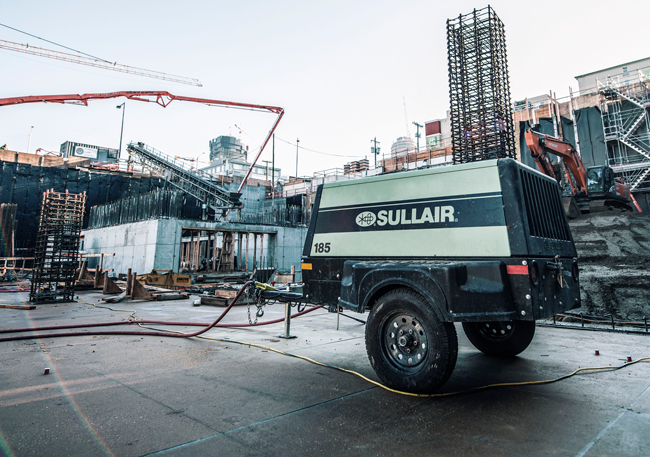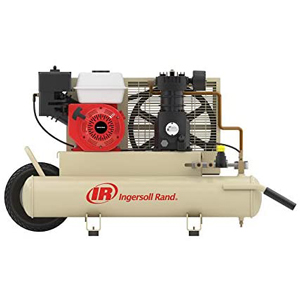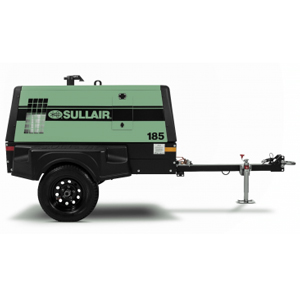Air compressors are useful and necessary parts of any factory or workshop. They’ve gotten smaller and less bulky in recent years, making them more useful in a variety of work environments. These are portable machines that power a single air tool. The main benefit of air compressors is that they are much more powerful than standard tools and do not require their own large motors. A variety of tools can be powered by a single engine that uses air pressure for maximum potential because the only real maintenance required is a little bit of oiling.
Their versatility extends beyond the workbench for drills and sanders; they can be used for everything from inflating a tire to unclogging a sink at home. Air compressors are examples of human ingenuity. It’s critical to understand how they work in order to select the best air compressor for your project.
Air compressors work by forcing air into and pressurizing a container. The air is then forced through a hole in the tank, where pressure builds up. They are propelled by an engine, which converts electrical energy to kinetic energy. It works similarly to a combustion engine, with a crankshaft, piston, valve, head, and connecting rod.
The pressurized air can then be used to power a variety of tools such as nailers, impact wrenches, sanders, and more. There are various types of air compressors, each with its own specialty. In general, the differences are minor: it all comes down to how a compressor handles air displacement. Any construction project can benefit from the use of an air compressor. They can help with everything from spray painting to fixing a flat tire. There are no two air compressors alike, and understanding how they work allows you to make informed decisions for the project you’re working on.










